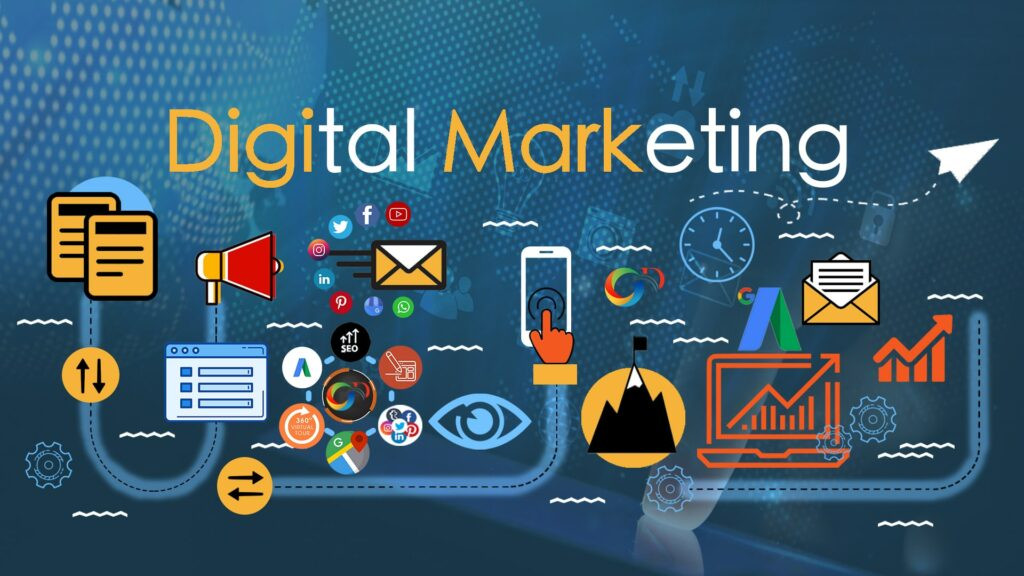
Digital marketing is a type of marketing that uses digital channels to reach and engage with customers. It includes a wide range of tactics and techniques that are designed to promote a brand, product, or service online. Digital marketing can include strategies such as search engine optimization (SEO), pay-per-click advertising (PPC), social media marketing, email marketing, and content marketing. One of the advantages of digital marketing is that it allows businesses to reach a global audience, regardless of their size or location. Digital channels can be used to target specific demographics or interest groups, which can be a more efficient and cost-effective way to reach potential customers than traditional advertising methods. Another benefit of digital marketing is the ability to measure and track the performance of campaigns in real-time. Marketers can use analytics tools to monitor website traffic, engagement rates, and conversion rates, which allows them to make data-driven decisions and adjust their strategies as needed. Some of the key components of digital marketing include: SEO: Optimizing website content and structure to improve search engine rankings and drive organic traffic. PPC: Advertising on search engines or other platforms on a pay-per-click basis to drive targeted traffic to a website. Social media marketing: Using social media platforms like Facebook, Twitter, and Instagram to promote a brand, engage with customers, and drive traffic to a website. Email marketing: Sending targeted email campaigns to subscribers to promote products or services, build relationships, and drive sales. Content marketing: Creating and sharing valuable content to attract and engage a target audience, and build brand awareness and credibility. Overall, digital marketing is an important component of many businesses' marketing strategies, and it can be a highly effective way to reach and engage with customers in today's digital world.